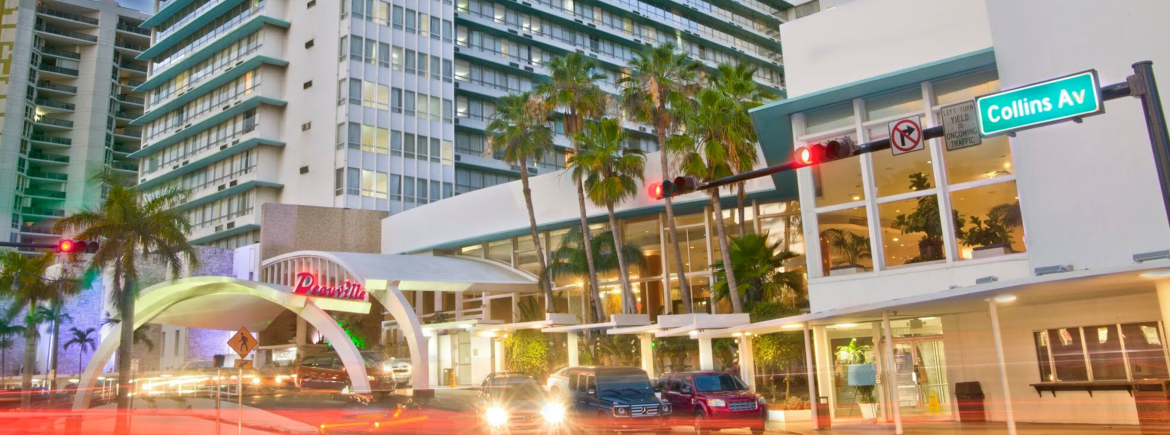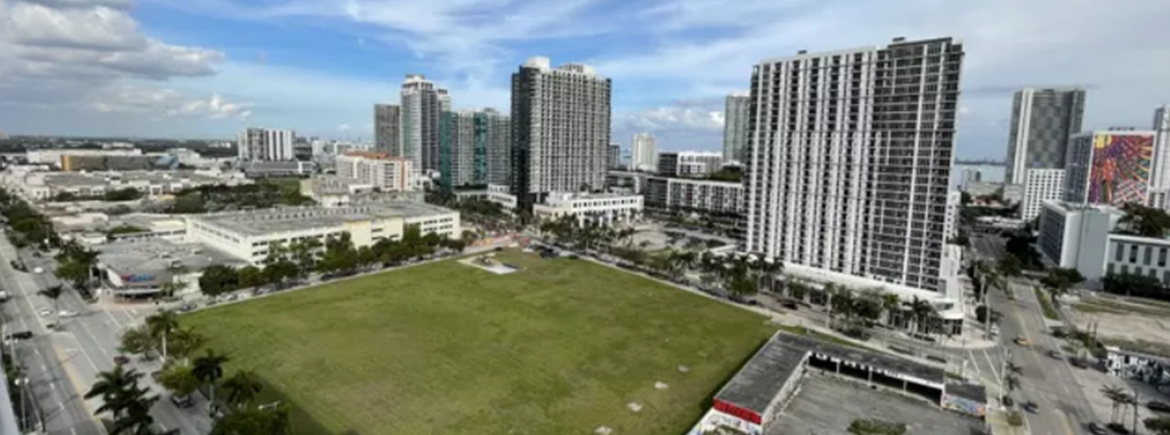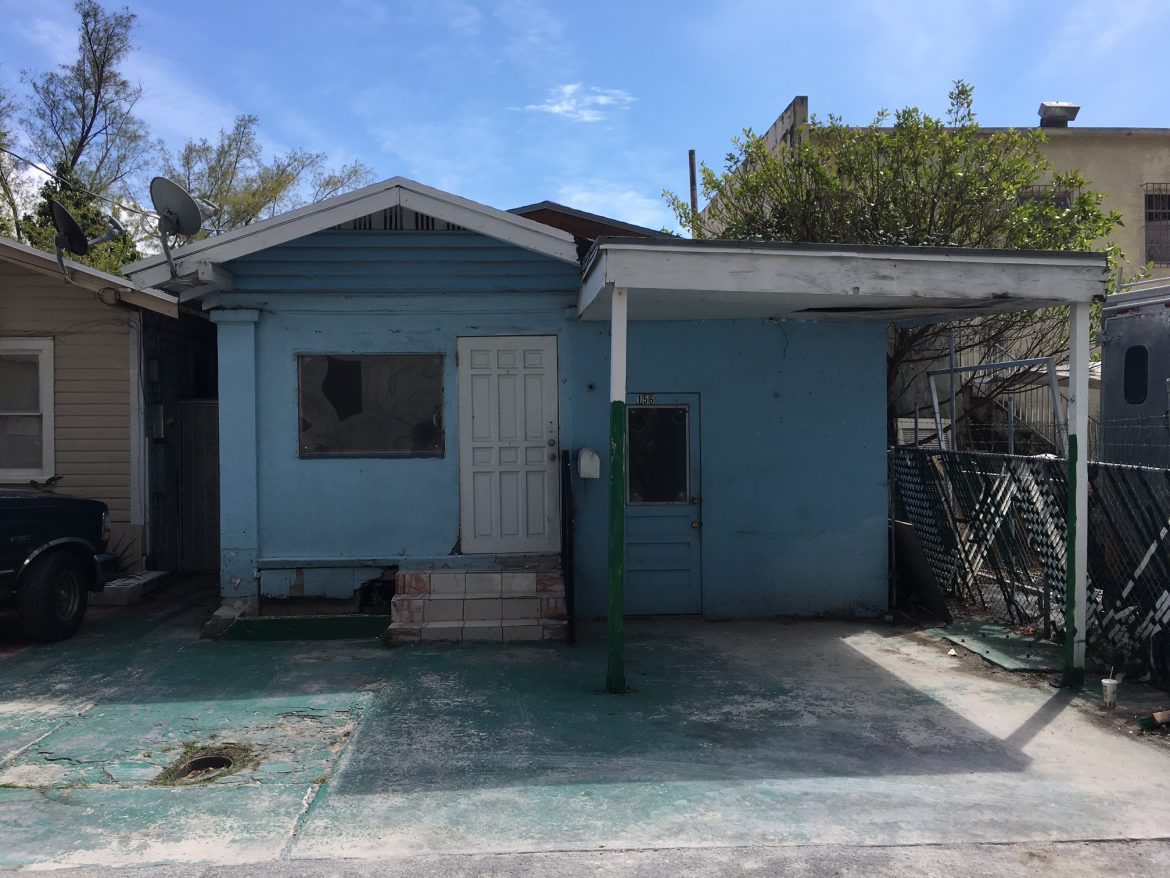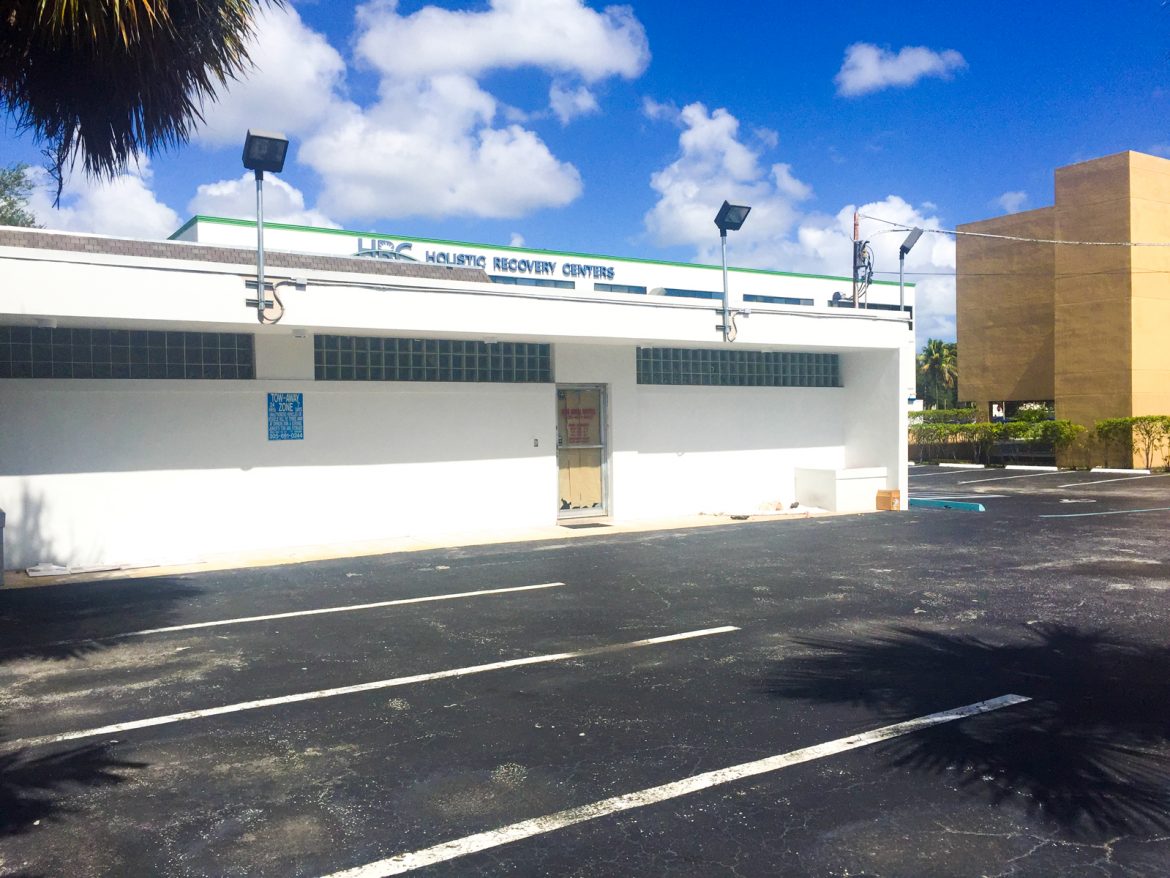As the warehouses of Wynwood give way to high-end apartments, developers are spreading their tendrils beyond the dense retail core and into neighborhoods that were all but ignored less than a decade ago.
“It’s almost like there was a memo that went out to all developers across the country: Spend a lot of money in Wynwood and Midtown,” said Ryan Shear, managing partner at Property Markets Group. “And it’s happening, you’re watching it happen before your eyes.”
The rapid growth of Wynwood in the last five years is spilling northward into Midtown as developers look to connect the city’s creative core with its luxury retail center of the Design District, tying together distinct neighborhoods into a unified hub of activity.
Developers from outside of Florida are especially interested in starting projects in Wynwood, Amanda Hertzler, executive managing director at the architecture firm MKDA, said at a Bisnow event Tuesday held at the Hyatt Regency Miami on the future of Wynwood, Midtown and the Design District.
The out-of-state firms are “looking at Wynwood specifically, not just South Florida but Wynwood specifically, as where they want to put shovels in the ground not just for one, not just for two but for multiple projects,” she said.
The interest extends beyond the confines of Wynwood, where developers in recent years have worked to transform what had been a neighborhood of low-rise industrial buildings into a creative hub and hospitality destination.
Midtown, north of Wynwood, is also drawing significant attention from developers who are looking to create a natural connection between the nightlife and hospitality that dominates Wynwood and the high-end shopping that defines the Design District.
“Wynwood has really pushed a walkable area,” Hertzler said. “What’s challenging is the walkable area does kind of stop at some point. The idea is to really connect the Design District to Midtown to Wynwood in a really pedestrian-friendly way and get cars off the street.”
The push into the 18 blocks that make up Midtown has been decades in the making and is being shepherded along by a master plan that encourages the development of walkable streets, speakers at the event said.
Two decades ago, the neighborhood was a largely undeveloped industrial expanse known as the Buena Vista railyards. Florida East Coast Railway sold the property to Miami developer Michael Samuel and Joe Cayre, the chairman of New York-based Midtown Equities, who in turn sold half the land to Cleveland-based Developers Diversified Realty, The New York Times reported in 2009.
The real estate investment trust built the 470K SF Shops at Midtown, creating a nominal link between Wynwood and the Design District that is now being supercharged by a wave of recent development.
“In 2005, I was with a different group and we financed the Cayre family to buy the land in Midtown Miami,” said Greg Newman, senior managing director at Bank OZK, one of the most active lenders on developments in Miami. “Everybody in Miami, most of my developer clients, thought we were nuts. But sometimes it takes somebody outside the town to see the vision.”
Miami-based Rosso Development is building The Standard Residences, Midtown Miami in the neighborhood. The 120-story condo building had 80% of its 228 units pre-sold as of October, when Bank OZK provided a $45M construction loan for the project.
Carlos Rosso, the firm’s founder and a former minority partner at Related Group, said the neighborhood was beginning to realize its full potential under its master plan.
Midtown has a “design intent in the whole neighborhood that I don’t think we have anywhere else in Miami,” he said.
Generous sidewalk requirements that extend up to 20 feet wide, a focus on substantial tree cover to shade pedestrians from the South Florida sun and requirements that the ground floors of new developments must be at least 80% glass all help to promote foot traffic and street-level activations, he said.
“Northeast First Avenue, where The Standard is, has been designed from day one as a natural connection between the Design District and Wynwood,” Rosso said. “The whole street doesn’t have one loading dock, one garage entrance, you don’t smell trash, you’re always walking on a sidewalk that is always the same material.”
He pointed to the June purchase by Terra Group, led by David Martin, and Lion Development Group of a 1.7-acre site at 3501 NE First Ave. for a planned condo project as further proof that the neighborhood was rising to meet the moment.
“When the Cayres bought Midtown, I think they paid something like $30M for the whole neighborhood,” he said. “David Martin just paid $40M for 1 acre.”
The neighborhood is being boosted by the success of the Design District, which itself is reaching the culmination of a decade-long redevelopment.
Dacra, led by billionaire Craig Robins, had been repositioning the district since 1998 before partnering with L Catterton, the private equity arm of LVMH and its CEO, Bernard Arnault, in 2010 to bring the firm’s luxury brands to the district.
The pandemic boosted Florida’s profile among the wealthy elite, propelling the Design District into Miami’s premiere luxury retail destination.
“We are getting tenants from the Design District inquiring about our retail spaces at The Standard,” Rosso said. “They say the people that are in the Design District, guess where they live? They live in Midtown.”
The master planning that developers credit with Midtown’s success is also playing out in Wynwood, which passed its own regulations in 2020 to promote pedestrian traffic.
“The common thread between Midtown and the Design District is that they both have streetscape master plans that were very intentional,” said Raymond Fort, vice president at Arquitectonica. “Wynwood also has a streetscape master plan, but it’s not controlled by a single entity. It’s up to the responsibility of each individual developer to build out their frontage.”
Developers have been diligent in the implementation of the new design standards, Fort said, adding that the neighborhood has plans to create pedestrian-only streets as more projects get built.
“It’s not just the building that’s going to create the neighborhood, but the streetscape and the landscape as well,” he said.
Hertzler said the regulations went into effect just as developers began amassing larger assemblages to build denser projects in the neighborhood, helping to promote designs that will make the neighborhood more navigable to pedestrians.
Her firm designed PMG’s Society Wynwood, a 318-unit apartment building at 176 NW 25th St. that is expected to open next month. A primary feature of the development is its paseo, a pedestrian walkway that cuts through the property and helps connect the neighborhood’s long blocks.
PMG’s project was one of the first large assemblages to begin construction when it broke ground in 2021, she said, but other developers have followed suit to design projects that will add paths crisscrossing the neighborhood.
“It creates this shaded, really interesting, meandering path through Wynwood,” she said.
As Wynwood sees a burst of residential development, neighborhood officials also moved in 2020 to tackle Miami’s housing affordability issue. The Wynwood Business Improvement District created the Wynwood Public Benefit Trust Fund, which is financed by developers who pay into it in exchange for additional square footage at their sites.
Those funds can then be disbursed to developers who include workforce housing inside their projects, a scheme that Miami-based developers Black Salmon and LD&D embraced at their Wynwood Haus project at 23 NE 17th Terrace.
The 224-unit luxury apartment building, also financed with a construction loan from Bank OZK, has units set aside for tenants making between 100% and 140% of the area median income. Part of the lost income from what the units could be leased for at market rates are rebated back to the developer by Miami’s Omni Community Redevelopment Agency, said Diego Bonet, managing partner at LD&D.
Wynwood Haus opened its doors less than a month ago and is now 17% leased by around 45 tenants, most of whom are occupying the workforce-priced apartments, he said.
“Those units have been flying off the shelves, as you’d expect them to,” Bonet said. “Just knowing that we’ll have a base of the building that’s always rented de-risks the project to a certain extent. To us, it was really a win-win solution.”
As more large-scale projects fill into Wynwood, the quiet Wynwood Norte neighborhood just north of the core and west of Midtown is also attracting developers eyeing smaller-scale projects.
PMG and Lndmrk Development spent $20M on a 1.1-acre assemblage in the neighborhood in October. Plans haven’t been announced for the site, but Shear said Tuesday that PMG was preparing to launch a condo project in the neighborhood during the second quarter.
Wynwood Norte has separate zoning from the rest of Wynwood that encourages the development of lower-density projects. These will become attractive relocation options for the boutique retailers that are being pushed out of Wynwood’s core or tenants looking for a smaller scale than Midtown.
“Wynwood Norte is smack in the middle of both these neighborhoods,” Shear said. “It’s already becoming one of the anchor neighborhoods that will connect both of these places.”
Source: Bisnow





